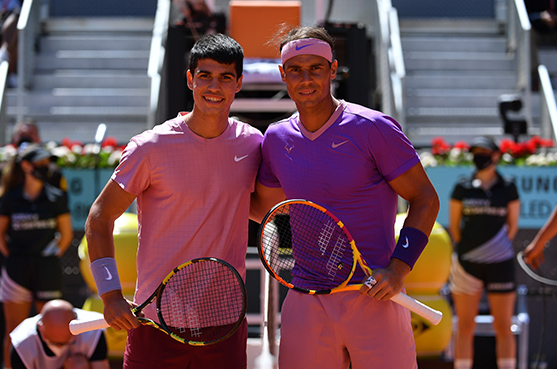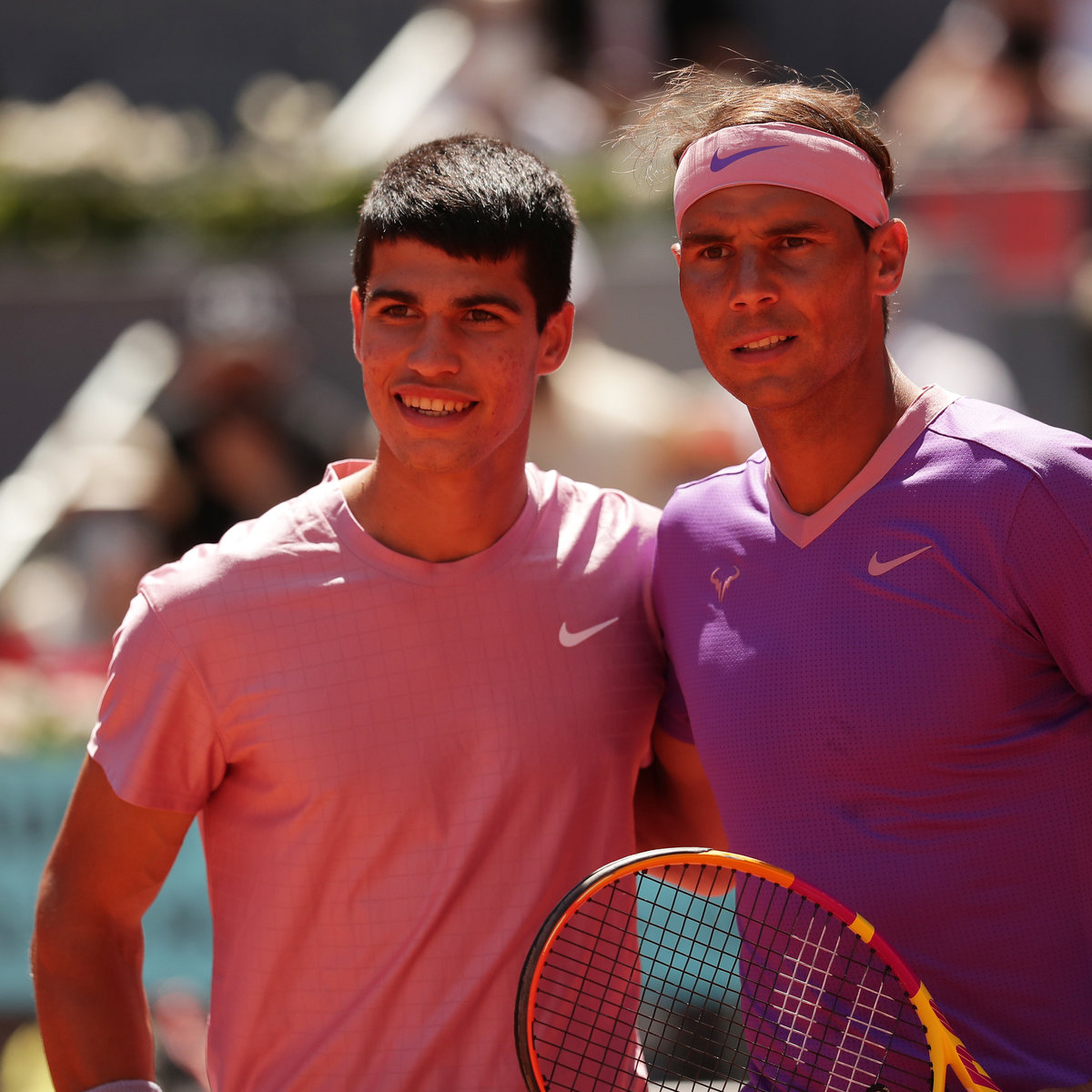I am discussing the Open Era only. More specifically, 1970 onwards.
Let's face it. 185-188 cm is pretty much the ideal height range to be a dominator. Or at least a multi-slam champ. Or even "just" a one-slam champ. If you're too short you may be very quick but you lack punch on the serve (which is unfortunately still the most important shot in tennis). If you're too tall you may be a servebot but your movement is weaker - and tennis is all about movement. And tall players are more susceptible to injuries.
172 and lower: -------------------------------------------------------------------------------------------------------------------- 0 slams
173-176: Chang, Kodes, Kriek ***, Gaudio --------------------------------------------------------------------------------------- 6 slams
177-180: McEnroe, Borg, Villas, Connors, Hewitt, Muster, Costa, Johansson, Agassi ------------------------------------------- 43 slams
181-184: Wawrinka, Newcombe, Cash, Wilander, Nastase, Panatta, Gerulaitis ***, Tanner ***, Ferrero ----------------------- 22 slams
185-188: Sampras, Courier, Rafter, Djokovic, Bruguera, Edberg, Ashe, Lendl, Nadal, Federer, Thiem, Roddick, Gimeno ------ 101 slams
189-192: Becker, Kafelnikov, Murray, Moya, Korda, Teacher ***, Kuerten ------------------------------------------------------- 17 slams
193-196: Smith, Gomez, Noah, Ivanisevic, Safin, Krajicek, Stich ------------------------------------------------------------------ 9 slams
197-198: Delpo, Cilic, Medvedev -------------------------------------------------------------------------------------------------- 3 slams
199 and higher: -------------------------------------------------------------------------------------------------------------------- 0 slams
*** These players won only sub-par AO, before it was a proper slam
How tall are the NextGenners?
Short answer -------- Too tall.
Long answer ------------ Here are their heights.
Medvedev ----------- 198
The Great One ------ 198
Citybus --------------- 193
Hunchy The Ozz ----- 193
Rublev -------------- 188
Shapo ----------------- 185
Khachanov ------------ 198
FAA ------------------ 193
The Kokk ------------- 193
Berrettini -------------- 196
Sinner ----------------- 188
Analysis and conclusions:
McEnroe, Borg, Villas and Connors - who pretty much were all contemporaries and all of almost the same height - dominated in an era when players were shorter, hence why they are below the "ideal range". Agassi would have been perhaps a more complete player with 5 more cm to add punch to the serve. Just a guess though...
It is fascinating that the 177-180 group has twice as many slams as the 181-184 group, though this MAY be explained away to an extent by height stats relying on the inches/feet system, i.e. often heights get converted from feet to the metric system, which means that some 184s get treated as 185, some 181s get written in as 180. Proof would be that for example 189 is NEVER mentioned on Wikipedia. It's always either 188 or 190 which is impossible... Ditto 181: rarely or never shows up, but 180 and 182 instead...
In the 70s and early 80s, 180 cm seems to have been ideal. Then it shifted to 185-186 and has remained that way more than 30 years later. Will it shift further up? Perhaps after the Big 3 retire... Or will Sinner win everything?
The ideal height probably will increase, simply because most up-and-comers are above 190 cm, because kids are taller than ever before, but average player height can't increase forever. (We are not giraffes... except maybe the Great One.)
Here's the problem...
The most gifted NextGen players are 190plus. Rublev and Shapo are within the ideal range but they have less potential. Rublev is copy-paste Ferrer, Shapo seems to be unstable. Only Sinner is both highly talented and of ideal height. He is statistically a shoe-in for future ATG or even GOAT-like champ.
The height issue may also partially explain why LostGen was so unsuccessful. Raonic is too tall, Goffin and Schwartz are too short. Only Thiem and Dimitrov are within the best range. Thiem fulfilled part of his promise whereas Dimitrov obviously didn't and never will.
So while height does not explain everything, it does show that it does play an important role in predicting future champs and in understanding why certain players failed or succeeded. For example, while Schwartz has great shots and is very professional, his success will always be limited by his height. Ditto Anderson and other very tall players.








